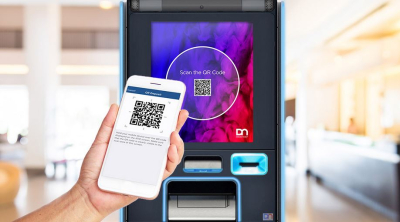
There are times when we run short of coins, which are used for various purposes such as small transactions/purchases at stores and wayside shops, and will be asking others if they have any to spare. We may or may not be successful in getting them. To enhance the accessibility to coins and to improve its distribution among the public, the Reserve Bank of India has announced a pilot launch of QR code-based Coin Vending Machine (QCVM) How does the machine function and how will we have access to coins? Let’s find out
Cashless coin dispenser
The announcement was made by RBI Governor Shaktikanta Das during the Monetary Policy Committee meeting recently. The QR code-based Coin Vending Machine is intended to dispense coins in a simple way similar to how we withdraw cash from ATMs now. That is, we do not have to tender currency notes at banks in exchange of coins, instead the machine will dispense the required quantity and denomination of coins (for example, you need coins of 25 denomination for 1.000) against debit to our account using the UPI (Unified Payments Interface) QR code.
The UPI is a payment system that allows users to link their bank account in a smartphone app and make fund transfers. With the UPI linked to your account, as you enter the pin, the vending machine verifies your bank account and issues coins debiting the value of the coins directly from your account. This will not only help meet demand for coins but also save time and minimize effort.
The first phase
This QCVM project is to be rolled out at 19 locations in 12 cities in the first phase. The machine will be installed at public places such as markets, malls, and railway stations. The RBI has not yet announced the names of banks which will be involved in the project. Coins of denomination 1 to 20 will be made available in QCVM.
Picture Credit : Google

